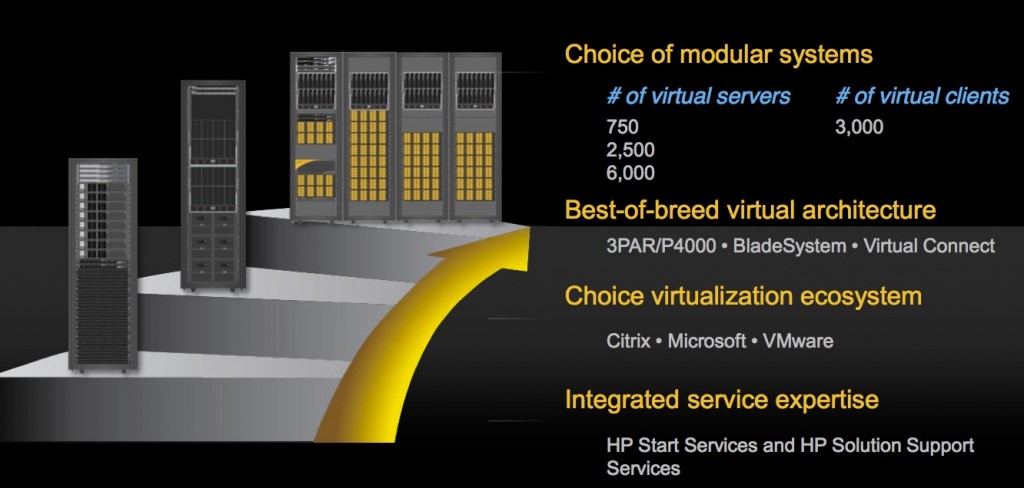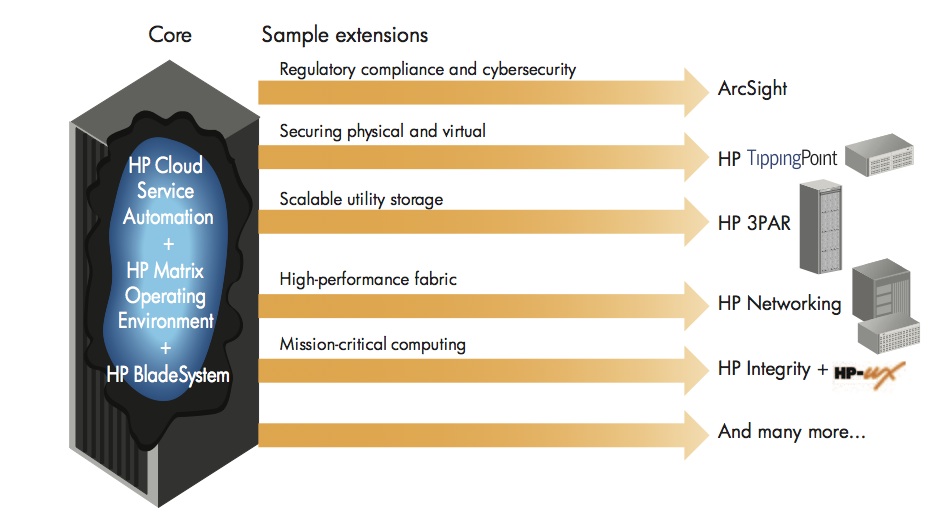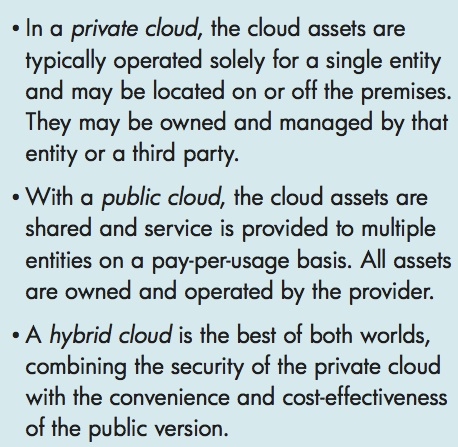 A number of years ago, fast food restaurants got smart. Why sell individual items when you can just make it easy on people and sell bundles? This way, all they have to do is pick a number and pay. Problem solved. That worked for most people, but some of us need a little extra, so they came up with larger sizes on the fries and drink. Perfect right? Well, almost. There are people out there like me who don’t like fries. I would order an individual burger and drink. Then, the 99 cent or dollar menus came out. Next, there were healthier side items like salad and fruit to choose from instead of fries.
A number of years ago, fast food restaurants got smart. Why sell individual items when you can just make it easy on people and sell bundles? This way, all they have to do is pick a number and pay. Problem solved. That worked for most people, but some of us need a little extra, so they came up with larger sizes on the fries and drink. Perfect right? Well, almost. There are people out there like me who don’t like fries. I would order an individual burger and drink. Then, the 99 cent or dollar menus came out. Next, there were healthier side items like salad and fruit to choose from instead of fries.
That is the state of fast food today. Lots of choices, but the bulk of the menu is still based around the combo meals.
If the data center were a fast food menu, we would still be ordering individual items. Combo meals are just starting to appear in the form of the block/pod/etc solutions being offered by Dell, HP, Cisco/EMC, IBM, and Oracle. However, we’re still in the early stages of these implementations. There are various sizes to each of these vendor implementations, much like the size increases in fries and drink that the fast food chains came out with to enhance their combo meal offerings.
If I based my technology preferences on marketing, I would be all in on the “all-in-one-rack” solutions from the various vendors, but I don’t, so I still hold to the idea that building out the individual areas like storage, compute, and network is the way to go. Why do I take that approach regarding technology? Mainly because I live and die by the belief that in every IT scenario the answer to which architecture to go with is “it depends”. That is not to say that the all-in-one-rack solution doesn’t have a place in the data center. It most certainly does.
The various “all-in-one-rack” solutions give you the following picture of your IT needs:
The problem is that they really look like this a lot of the time:
This past week was the second of three in the Blogger’s Reality Show 2011 hosted by Thomas Jones and sponsored by HP and Ivy Worldwide. Our session was centered around converged systems. In case you are wondering where I was going with my fast food analogy and mini-rant on “block” systems featuring pictures of my son’s toys, now you know.
HP has several solutions that address the “all-in-one-rack” approach. They are HP VirtualSystem, HP CloudSystem, and HP AppSystem.
What are they as compared to the other vendor solutions out there like vBlock, FlexPod, etc? The answer is “it depends”. I won’t spend any time on HP’s AppSystem since that is a dedicated rack for business intelligence and similar business applications. Trust me. You DON’T want me to weigh in on that. Forrest Gump could do it better justice than I could. I did see some demonstrations of its power at HP Discover. It is quite interesting and downright scary at the same time considering its capabilities at mining data and correlating it in real time.
So, we’re left with HP’s VirtualSystem and CloudSystem.
VirtualSystem is nothing more than a platform designed to streamline VM deployment and management. It comes in 3 flavors using the expected components from HP.
You can have a system that either supports up to 750, 2,500, or 6,000 VM’s. One thing to note is that it supports multiple virtualization vendors and not just VMware like others out there. Other than that, it is just HP’s version of Vblock or FlexPod. I am sure HP, EMC, NetApp, and Cisco would all disagree with me. When you take servers, storage, and network pieces and put them in one rack, it all looks the same. Of course, what will ultimately differentiate it is the software being used to control it all.
That leads me to CloudSystem. I first saw this at HP Discover in Las Vegas back in June of this year. I wrote a little bit about it then.
You take VirtualSystem and add on a bunch of extras like security and slick orchestration software. Give the customer tiered hardware options just like with VirtualSystem. You now have a system that can deploy compute, storage, network, and application services on demand either on premises or off premises.
This can be either public, private, or hybrid cloud. If you’re like me, you get confused by the difference in “cloud” types. I prefer the terms “Internet” and “Intranet” instead of “cloud”, but since I don’t influence marketing terms like the vendors do, I will give you HP’s definition of the three types of cloud.
Closing Thoughts
I started off this post trying to make the case that converged systems or “all-in-one-rack” solutions have their place, but not in every environment. Rather, I think they are far more suited to service providers like Amazon, Google, Rackspace, etc. Businesses that actually rent out horsepower to customers. Most people in the industry would probably tell me I am wrong or have a myopic view. I still think we have several years before all of this gets straightened out. For those who choose to fully embrace “cloud computing”, it is going to come down to software more than anything. HP has a long history of developing software, so I think they probably have a leg up on most of their competition. However, companies like EMC aren’t exactly new to the software game either.
I am going to continue to sound the alarm that rapid advancement towards automatic provisioning might just create a new generation of IT professionals that have no idea how anything actually works on the back end and just know how to turn a few knobs in a GUI. However, I understand the push towards “cloud computing” by company executives. Businesses are looking everywhere they can to cut costs. IT is usually a large gaping hole in the budget. If you can offload the cost of infrastructure and eliminate the number of people needed to manage it, you can save a bunch of money in theory. It’s a no-brainer for finance people. The key is making sure it works and works well.
The intent of this post was not to delve into every little detail of what HP and others are doing around converged systems. The intent was simply to evoke some thinking on the reader’s part around the rapid changes we are seeing in regards to the pod/block implementations that various vendors out there are pushing as well as the tie-in to “cloud computing”. Everyone has an opinion on all of this, and I don’t necessarily think mine is the best one all the time.
Am I wrong about this, or do you agree? Do me a favor and vote at the bottom of this post with a thumbs up or a thumbs down. It takes 2 seconds and it lets me know you at least have some sort of opinion around what I wrote. If you really want to give me a piece of your mind, you can leave me a comment. This post is part of a contest that I am trying to win, but it isn’t the end of the world if I don’t. Either way, I will be at VMworld later on this month, so if you REALLY want to give me a piece of your mind, you can find me there as well.
Oh, and to bring it full circle, I never did answer the question “Should I buy the combo meal?” so I will answer it now. The answer is: “It depends.” 😉








5 Responses to Should I Buy The Combo Meal?